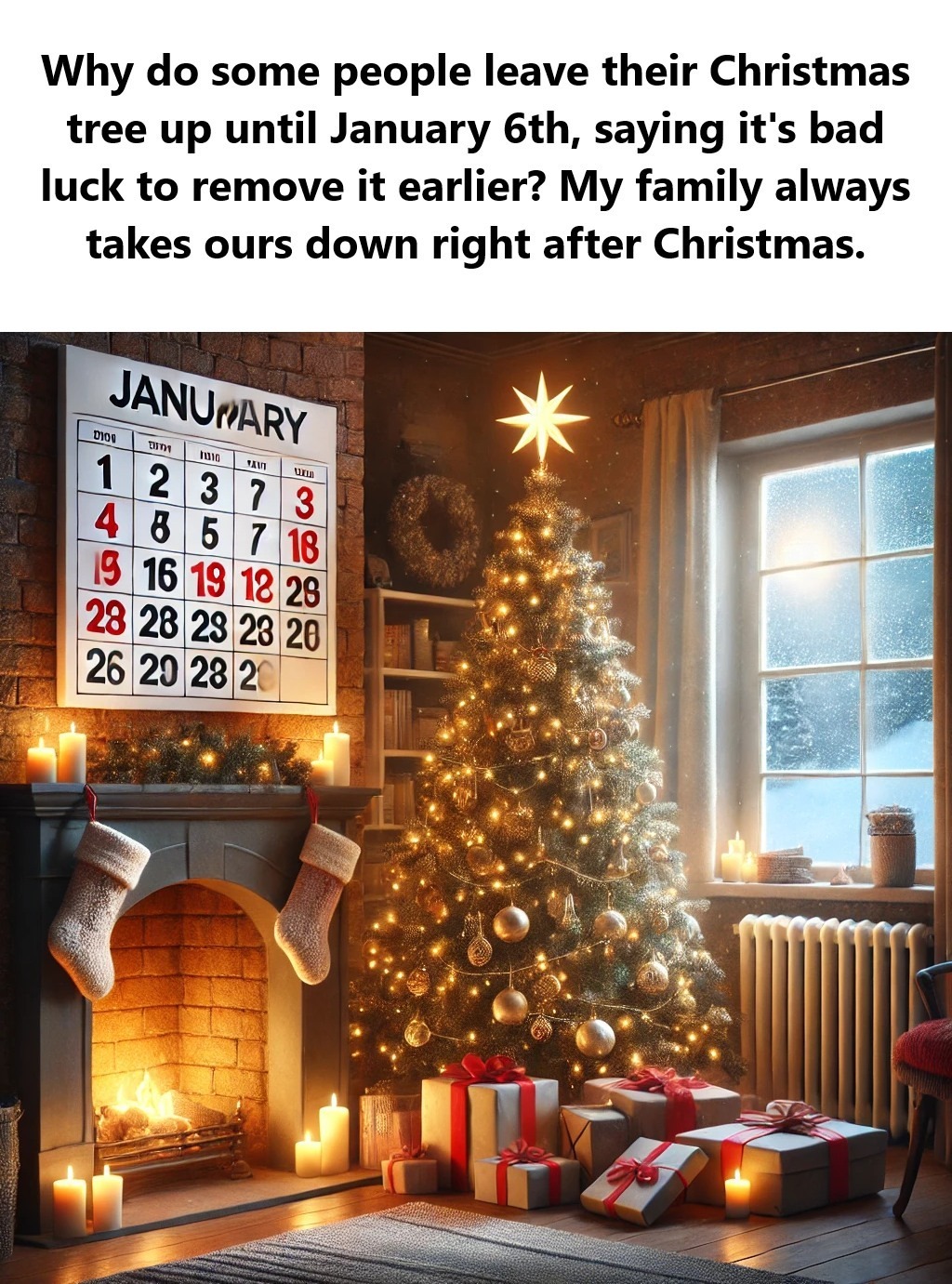ADVERTISEMENT
Regional Variations in Christmas Tree Traditions
Christmas tree traditions vary widely around the world. In the United States, it is common for families to take down their trees shortly after Christmas Day, often before New Year’s. However, in countries with strong Catholic or Orthodox Christian influences, such as Spain, Italy, and Greece, the tree may remain up until January 6th or even later. These regional differences reflect the diverse ways cultures interpret and celebrate the Christmas season.
Comparing Different Family Practices and Beliefs
Family traditions around Christmas trees can differ significantly, even within the same community. Some families prioritize practicality and convenience, choosing to remove the tree soon after Christmas to avoid dealing with falling needles or dried-out branches. Others place higher value on tradition and the symbolic meaning of Epiphany, opting to keep their tree up until January 6th. These differences highlight the personal nature of holiday celebrations and the various ways in which families balance tradition with their beliefs and circumstances.
The Influence of Religion on Holiday Traditions
Religion plays a significant role in shaping holiday traditions, including the timing of when to take down the Christmas tree. For Christians, the liturgical calendar provides a framework for celebrating the birth of Christ and the events that follow. The Epiphany is an integral part of this calendar, and its observance influences how long the Christmas season is celebrated. For those who adhere closely to religious traditions, keeping the tree up until January 6th is a way to honor their faith and the significance of the Epiphany.
Psychological and Emotional Reasons for Extending the Holiday Season
The holiday season is often associated with joy, togetherness, and a sense of magic. Extending this period by keeping the Christmas tree up until January 6th can provide psychological and emotional benefits. It allows people to savor the festive atmosphere a little longer, offering a sense of continuity and comfort. For many, the post-Christmas period can feel like a letdown, and maintaining holiday decorations can help ease the transition back to everyday life.
Environmental and Practical Considerations
From an environmental perspective, keeping a real Christmas tree up for an extended period can pose challenges, such as increased risk of fire hazards as the tree dries out. However, for those with artificial trees, this concern is less relevant. Practical considerations, such as the time and effort required to take down decorations, also play a role in determining when families choose to remove their trees. Balancing these factors with tradition and personal preference is key to deciding the right time for each household.
Conclusion: Balancing Tradition and Personal Preference
Ultimately, the decision of when to take down the Christmas tree is a personal one, influenced by a mix of tradition, superstition, religious beliefs, and practical considerations. While some families adhere to the tradition of keeping their tree up until January 6th, others may choose to remove it sooner. Understanding the reasons behind these choices can foster greater appreciation for the diverse ways people celebrate the holiday season. Whether guided by tradition or personal preference, the important thing is to find a balance that brings joy and meaning to the holiday experience.
